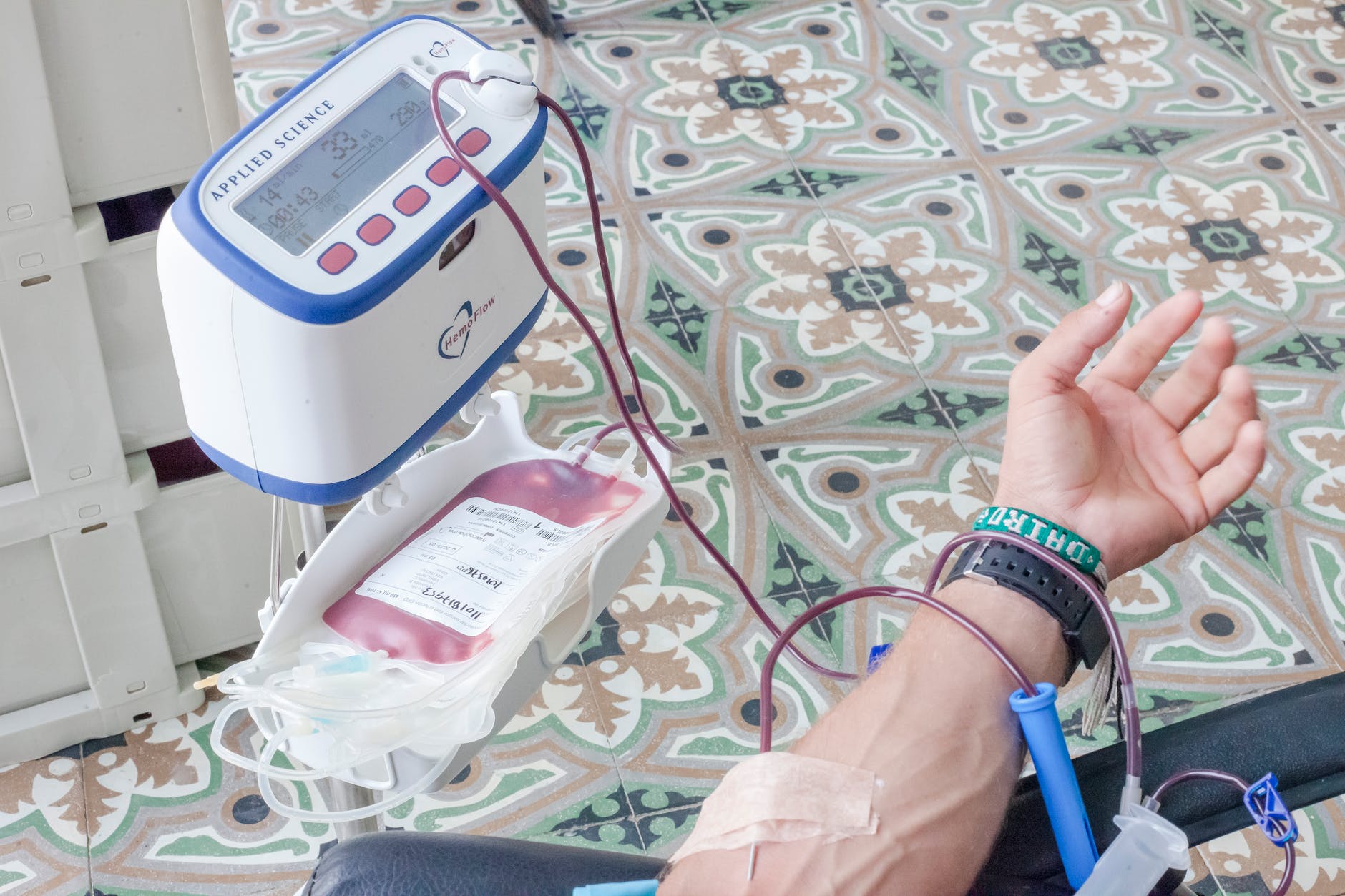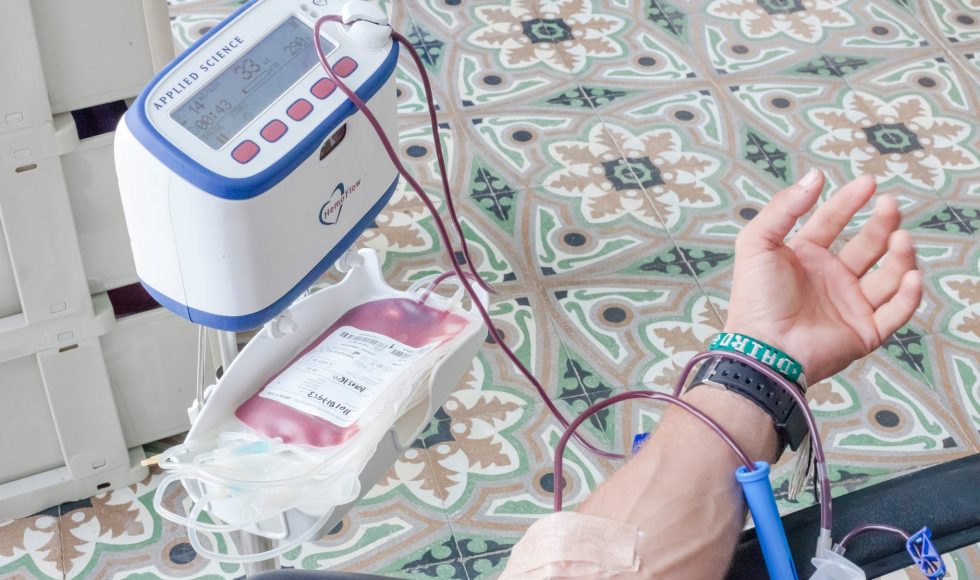I continued watching the London Calling 2023 Showcase Stage sessions on liquid biopsies today. I watched the question and answer session. Panelists spoke about using amplicon panels and the Flongle. One panelist uses amplicon sequencing with Nanopore devices because they are able to go from sample to results in under eight hours. Another panelist answered a question about the challenges of obtaining enough DNA for sequencing from plasma samples. For example, Carolin Sauer explained that from their pediatric patients they are using a ml or less of plasma. Optimized library prep is key and monitoring what one panelist called “conversion ratios.” Another panelist noted that Oxford Nanopore Technologies flow cell loading works on femtomolar loading and not total mass. Depending on the sample, a panelist explained that 5 ng of DNA can produce about one Gbase of sequencing results. One question was about the depth of sequencing and CpG sites for methylation analysis. For whole genome sequencing with a couple million CpG per sample. One panelist noted that you “put in what you’ve got.” Another question was about methylation patterns and fragmentation of samples. Sauer uses in silico models to look at the fragment analysis. A researcher from the Vet School in Edinburgh asked if there were tips for library prep with liquid biopsy samples using kit v14 sequencing. The panelists suggested attention to the end repair steps and the tubes used for library prep. I am now curious about which microfuge tubes caused issues with sequencing!



